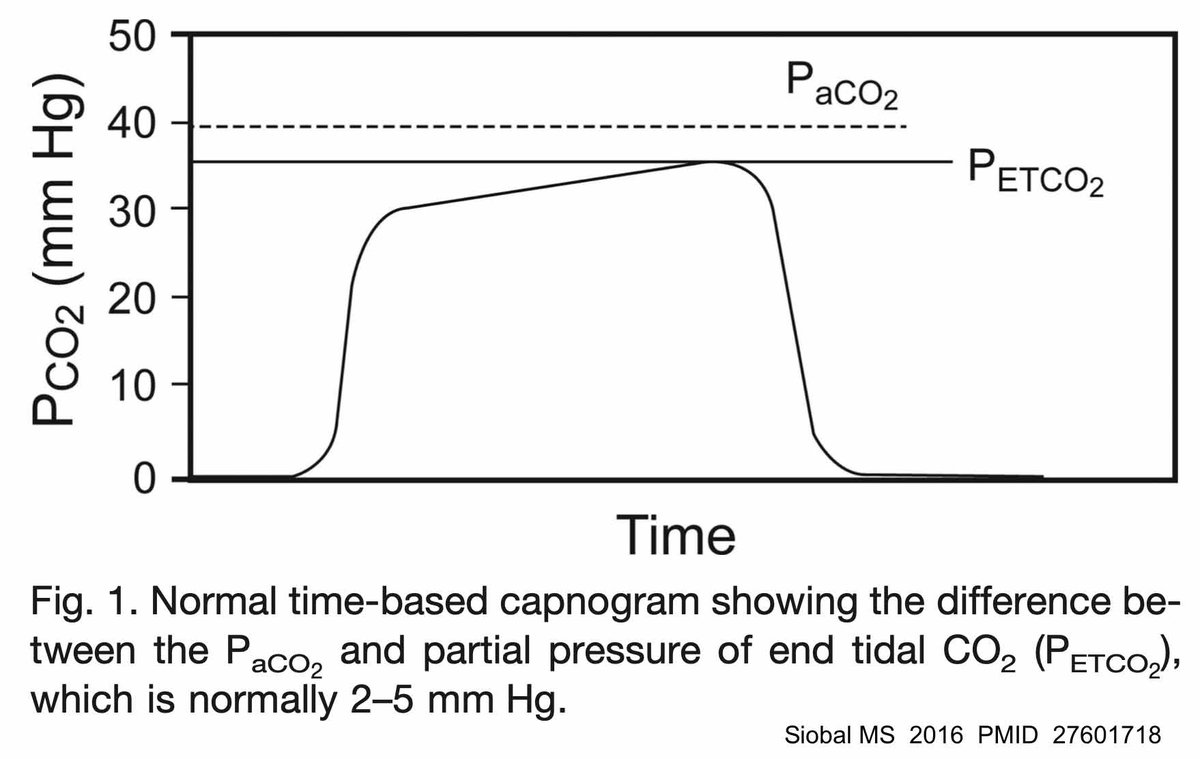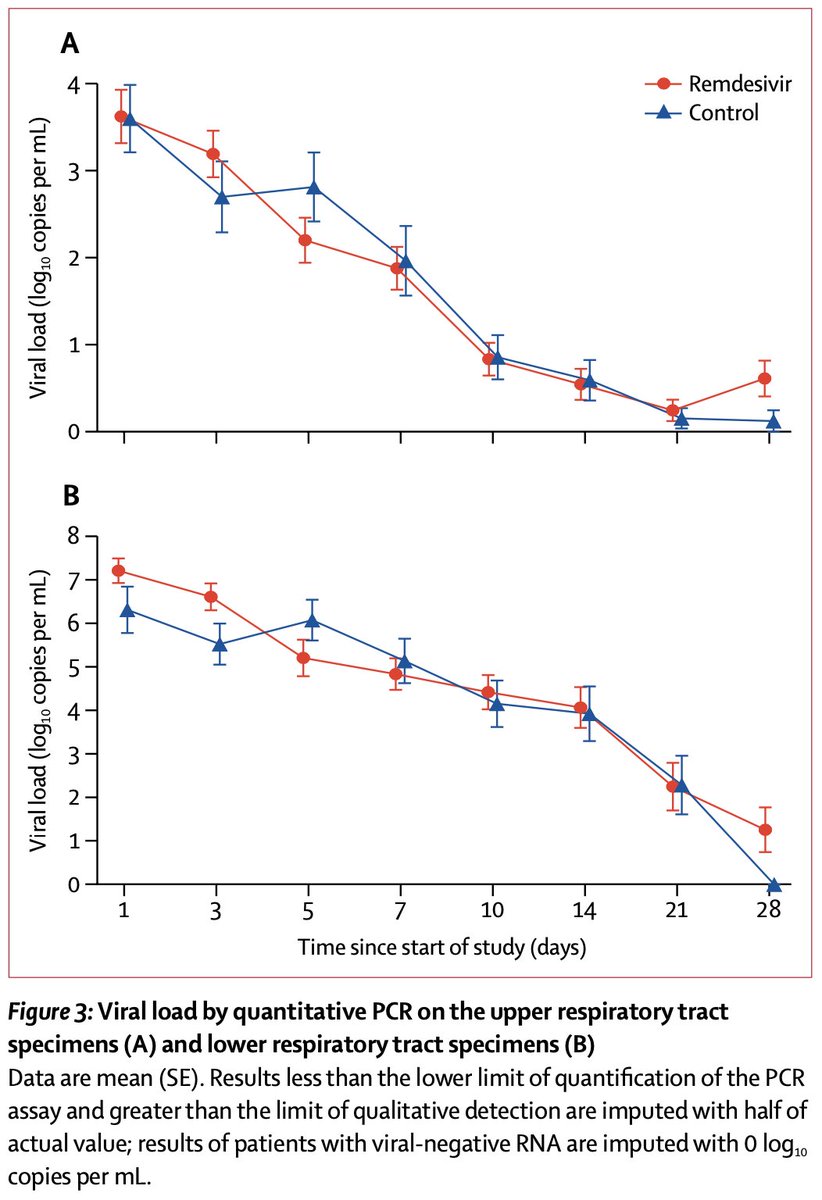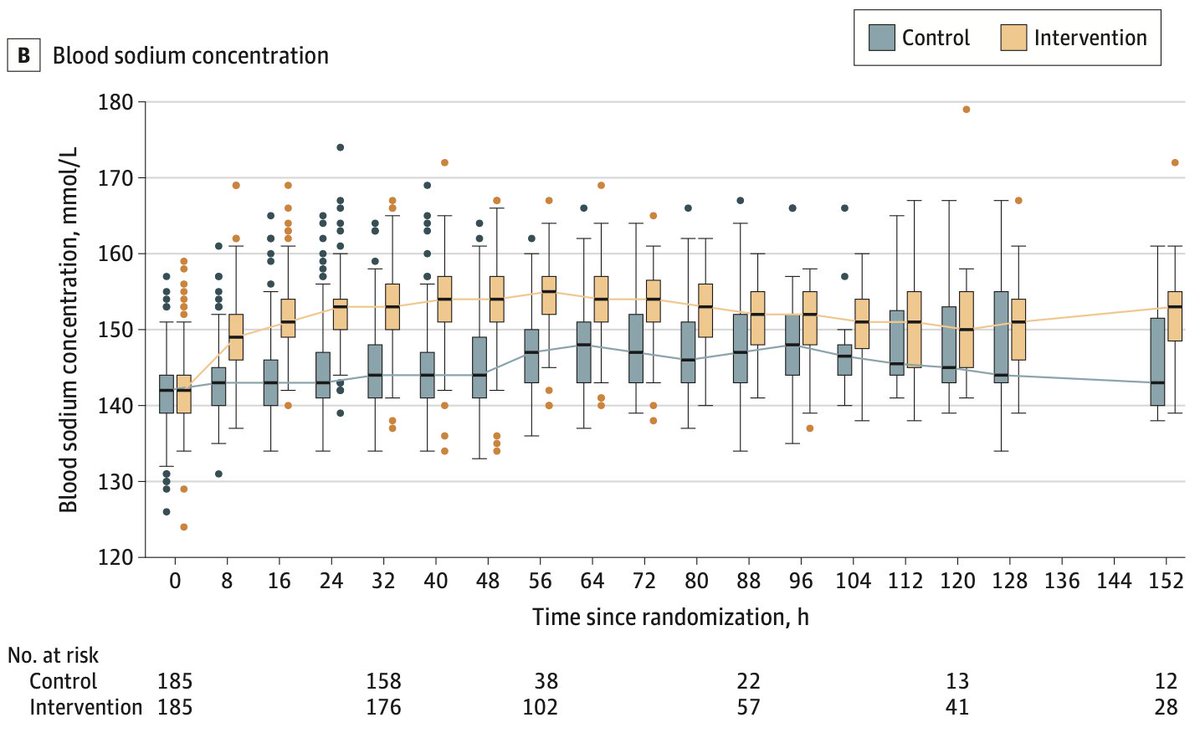
time for a fluid & electrolyte tweetorial 😝
an asymptomatic adult human presents with these findings...

an asymptomatic adult human presents with these findings...


should you institute therapy or repeat lytes?
EKG shows classic findings of hypoK (ST depression & pronounced U-wave that produce a "wavy baseline" pattern). so the hypokalemia is real - treatment should start immediately.
(more on EKG findings of hypoK:hqmeded-ecg.blogspot.com/search?q=hypok… )
(more on EKG findings of hypoK:hqmeded-ecg.blogspot.com/search?q=hypok… )
the patient is hypovolemic, what fluid is best for volume resuscitation?
0.9% saline is probably ideal.
- will reduce the serum bicarbonate level
- may increase the K level due to pH/K shifting
there's nothing *wrong* with LR or PL here, but they won't help the electrolytes. saline actually will help.🤯
(more: emcrit.org/pulmcrit/myth-…)
- will reduce the serum bicarbonate level
- may increase the K level due to pH/K shifting
there's nothing *wrong* with LR or PL here, but they won't help the electrolytes. saline actually will help.🤯
(more: emcrit.org/pulmcrit/myth-…)

what are you most worried about in this patient?
the primary life threat is probably the risk of torsade de pointes (one form of polymorphic VT). hypoK & hypoMg both promote this arrhythmia, with the combination causing synergistic badness. prolonged QT/U duration on the EKG is a bit ominous here.
(emcrit.org/ibcc/tdp/)
(emcrit.org/ibcc/tdp/)
the patient has a single functional IV line. what do you order first?
4 grams of IV Mg sulfate will immediately raise the Mg level and reduce the risk of torsade de pointes. In contrast, it's largely impossible to *rapidly* fix the potassium deficit (rapid & high doses of IV potassium are dangerous & avoided in asymptomatic/stable pts)
the patient's sodium is 122, do you think this requires specific therapy (eg 3% NaCl)?
nope. KCl has the same effect on tonicity (and sodium concentration) as NaCl does. so as KCl is given to improve the hypokalemia, this will increase the sodium. if anything, there might be a risk of correcting the hyponatremia too *rapidly*!
the potassium is 1.4 mM with EKG changes. do you need to insert a central line?
no solid data on this, but since the patient was asymptomatic and able to take PO we combined aggressive IV magnesium with aggressive oral potassium repletion (with a bit of IV K to get things started as well). #zentensivist
(more: emcrit.org/ibcc/hypokalem…)
(more: emcrit.org/ibcc/hypokalem…)
case conclusion - the patient got better, nothing too exciting happened. no procedures were needed, providing the physicians with additional time to scroll twitter.
💡 remember that the IBCC has a chapter on every electrolyte abnormality: emcrit.org/ibcc/toc/#neph…
💡 remember that the IBCC has a chapter on every electrolyte abnormality: emcrit.org/ibcc/toc/#neph…
• • •
Missing some Tweet in this thread? You can try to
force a refresh






















